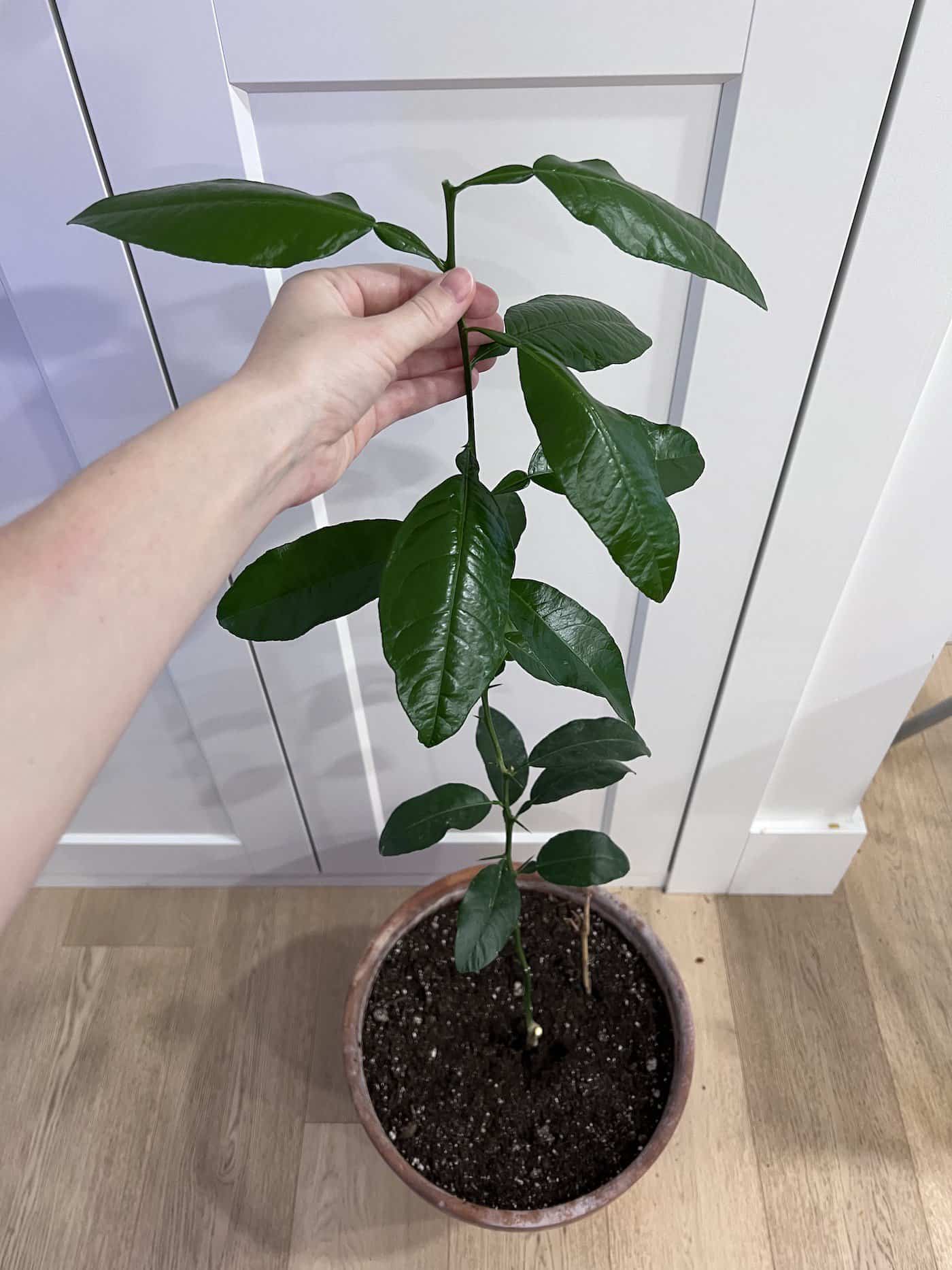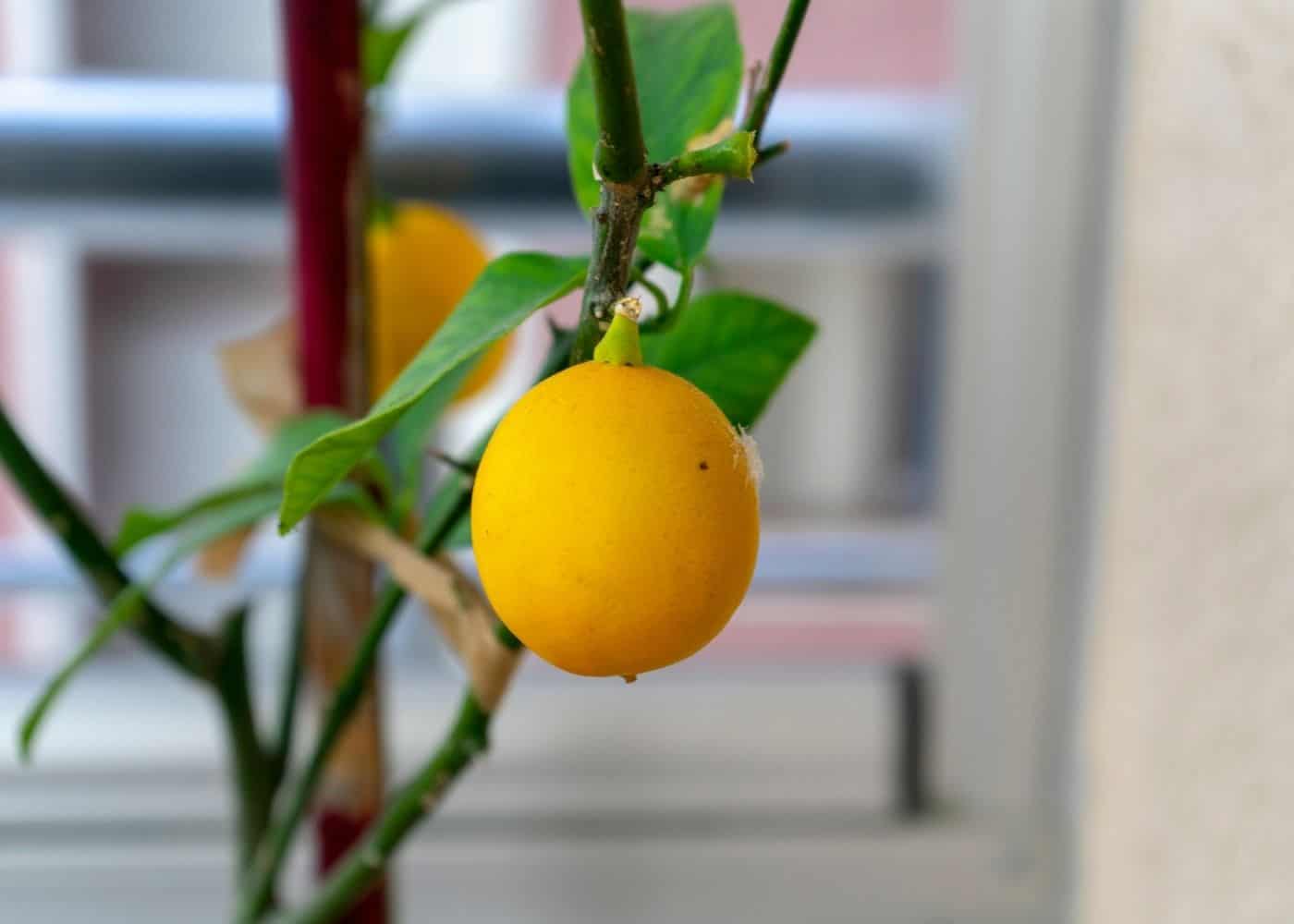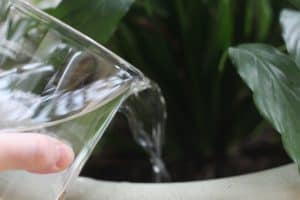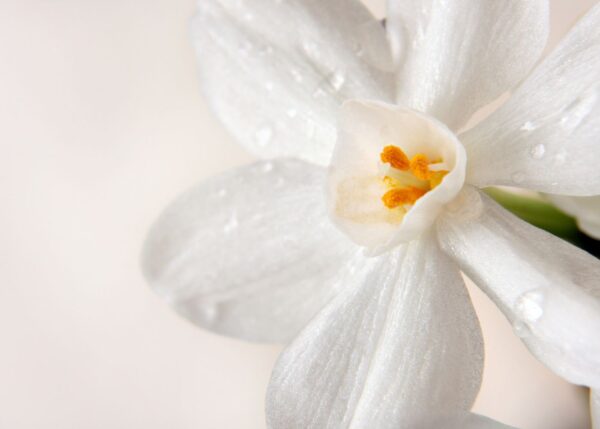Growing a lemon tree indoors in a pot requires specific steps. Select a dwarf lemon variety, as they adapt well to indoor environments. Choose a large pot with drainage holes, and use well-draining potting soil mixed with perlite or sand for better aeration. Place the pot in a location that receives at least 8 hours of sunlight daily, and consider investing in an LED plant light.
Water the tree regularly, keeping the soil evenly moist but not waterlogged. Maintain a humid environment around the tree, possibly with a humidifier. Fertilize every few weeks with a citrus-specific fertilizer during the growing season. Prune regularly to shape the tree and remove dead or crossing branches.
Indoor lemon tree basics
Potted lemons are grown as indoor lemon trees for the cooler months in cold climates. Most gardeners who grow their lemon trees indoors try to move them outdoors for at least a few months during the summer to thrive in a more natural environment with increased sunlight, warmth, and air circulation. Indoor lemon trees make fantastic patio plants for the warmest months, even in cold climates.

Choosing a variety
Considering lemon trees that grow outdoors can grow to very tall heights (about 30 feet), you don’t want to choose a large lemon tree. Instead, search for a dwarf lemon tree that stays small and grows fruit quickly. Growing a lemon tree indoors is a great option because there is no danger of frost, and you get fruit without stepping outdoors.
Indoor Dwarf Meyer Lemon Trees are a great option and are one of the most popular indoor lemon trees. It is a cross between a lemon and mandarin orange tree, so the fruit is extremely sweet, tangy, and delicious. It’s one of the easiest indoor citrus trees to maintain and produces lemons that are just the right size.
Other lemon varieties are the Dwarf Ponderosa, which delivers slightly larger lemons, and the Dwarf Variegated Pink Lemonade, which has beautiful pink flesh but tastes just like a regular lemon. Each of these is a good choice when picking an indoor plant.
Dwarf Meyer Lemons grow to about 3 or 4 feet tall and are the perfect citrus plants to have indoors. Other dwarf lemon plants may grow up to 6 feet tall. It is highly advised that you purchase a dwarf lemon tree instead of trying to grow your own from seed. Even if you have a dwarf seed, it will still produce a large tree not meant to be indoors. It also won’t bear fruit quickly and will take years to mature and be ready.

Placement of your indoor lemon tree
Lemon trees love sunlight! Wherever you place your lemon tree, make sure it has about 8 hours of sunlight each day. A south-facing window will give it the best light and the more light it gets, the better off it will be. Find a sunny window and set up shop for your little tree. A solarium is even better if you happen to have one. Artificial light will do just fine if you don’t have adequately lit windows or spaces.
Lemon trees are easy in terms of temperature because they like to be about 65 degrees F. Most homes are kept right around this temperature so you most likely won’t have to think about that aspect of raising indoor lemon plants.

Bringing your indoor lemon tree outdoors for the warm summer months is generally good for the health of the plant. In the spring, wait until temperatures are not only warm in the daytime but also not too cold in the nighttime. Lemon trees can usually survive 42°F (5°C) nights but really shouldn’t go outdoors overnight until nighttime lows don’t get much colder than 50°F (10°C). Bring them outdoors when you plant your tomatoes outdoors (as a general rule of thumb).

Picking the perfect lemon tree pot
As your little lemon tree grows, you will have to change the pot. You want the pot you choose to have just enough soil to surround the roots. Too much space and dirt and you won’t be able to tell if your plant needs more water. Start with a pot that is about a foot in diameter. As the plant grows, increase the size of the pot. To avoid having to rehome it too much, use pots that are doubled in size each time.
Whichever type of pot you choose to use, make sure it has adequate drainage holes at the bottom so excess water doesn’t build up in the soil. You may also want to opt for a lighter-colored pot because lemon trees like cool soil. Dark pots will attract the sun and heat.
Another tip is to place your pot on a wheeled dolly or platform. As the plant grows it gets very heavy and may be difficult to move when you need to re-pot or move around. In the summer months, your lemon tree might like a trip outdoors, but be sure to bring it back inside when fall hits.

How to water and fertilize your lemon tree
Before watering your plant again, let the soil dry out to about 3 inches deep. I just poke my finger in until I feel the wetness and go based on that. Water your lemon tree until the water starts coming out of the drainage holes at the bottom. When you see this, you will know it has been watered through. The soil and plant will soak up what it needs and the rest will run out of the holes. You can use a moisture meter or your finger to test the wetness of the soil during watering.
If you see your lemon tree developing yellow leaves, it may have soggy soil, roots, or nutrient problems you will have to solve. Root rot isn’t something you want to have to mess with. Try your best not to over or underwater your plant.
Lemon trees require plenty of nitrogen in their diet. They also like magnesium and iron! You can use a fertilizer like Pennington Ultragreen Citrus Plant Food to give it the nutrients it needs. This fertilizer feeds your plant for up to four months due to the slow-release fertilizer! As with any plant, check the instructions when you purchase it for suggestions on optimal growth and maintenance. Your garden center specialist may also have some great tips.
Applying coffee grounds to your lemon tree’s soil can be very beneficial. Lemon trees and other citrus plants love acidic soil. Adding coffee grounds to the soil is a great way to improve the soil pH if it is low.

Avoiding spider mites and other pests
Spider mites love lemons! I recommend isolating your new lemon tree for a month or so to make sure they aren’t unknowingly infested with any pests. You don’t want anything they have to transfer to your other indoor plants. Think of it like plant quarantine!
To avoid spider mite infestations, keep the humidity levels up because they love dry air. If you can add a humidifier in the room, it should help keep mites at bay. Cleaning your plant with mild soapy water from time to time will also help keep spider mites off your plant. Some insecticidal soap may also be useful but read the labels to make sure they are safe for lemon trees.











